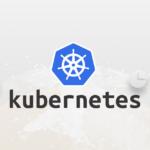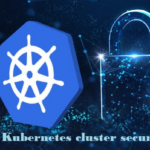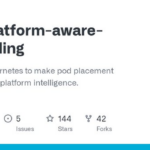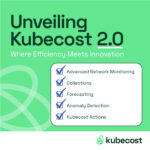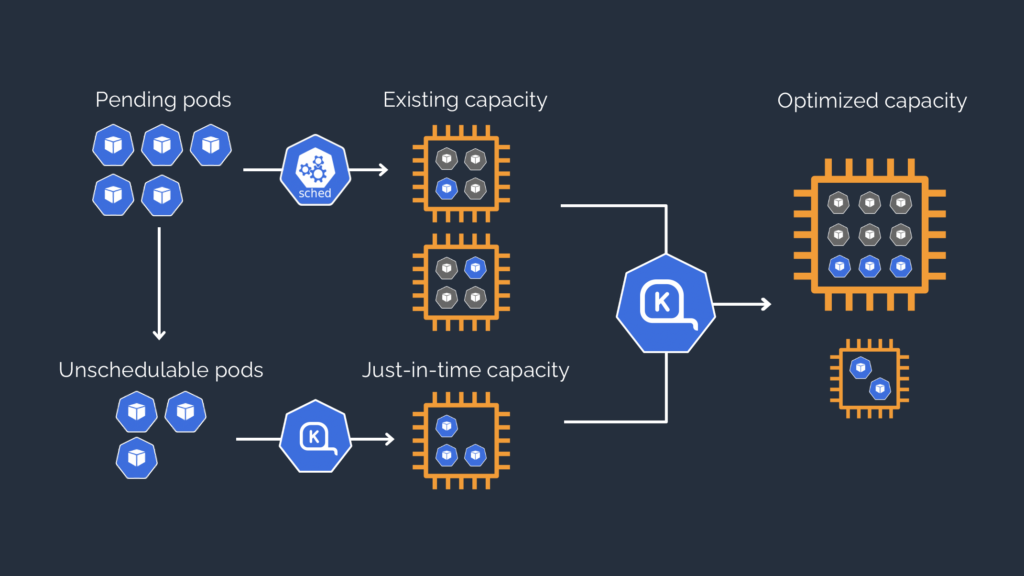
In November 2021, AWS introduced Karpenter, an ambitious open-source project designed to transform the way Kubernetes clusters are scaled and managed. Initially, Karpenter was conceived as a high-performance, flexible alternative to the Kubernetes Cluster Autoscaler. Over the past three years, it has evolved dramatically into a comprehensive, Kubernetes-native node lifecycle manager. This evolution has not only broadened its feature set but also cemented its place as an essential tool for managing mission-critical workloads in the cloud.
In October 2023, Karpenter reached a significant milestone by graduating to beta and being contributed to the Cloud Native Computing Foundation (CNCF) through the Kubernetes Special Interest Group (SIG) on auto-scaling. This move underscores the growing importance of Karpenter in the Kubernetes ecosystem and reflects the robust community engagement that has driven its development. In fact, Karpenter has become one of the top-ten most popular AWS open-source projects, as evidenced by its rising GitHub star count and the increasing contributions from the wider community.
Today, we are thrilled to announce the release of Karpenter v1.0.0, marking its graduation from beta to a stable release. This release is a testament to the hard work and dedication of the Karpenter team at AWS, who have focused on maturing the project and enhancing its operational stability. The v1.0.0 release introduces stable APIs that will be maintained across future 1.x releases, ensuring that your clusters remain stable and that there are no breaking changes between minor versions.
What’s New in Karpenter v1.0.0?
Karpenter v1.0.0 brings several significant enhancements and new features that make it even more powerful and user-friendly. Here’s a closer look at what’s changing:
1. Enhanced Disruption Controls:
- In earlier versions, Karpenter introduced disruption controls to give users more control over how and when nodes are terminated. With v1.0.0, these controls have been refined to allow disruption budgets to be set by specific reasons, such as whether a node is underutilized, empty, or drifted. This means that users can now finely tune how Karpenter manages node disruptions, ensuring a balance between cost efficiency, security, and application availability.
2. Refined Consolidation Policies:
- The consolidation policy, previously known as WhenUnderutilized, has been renamed to WhenEmptyOrUnderutilized to better reflect its functionality. This policy governs how Karpenter consolidates nodes that are either partially utilized or completely empty. Additionally, the new
consolidateAftersetting allows users to specify how long Karpenter should wait before consolidating nodes, giving users more control over node churn, especially in environments with rapid demand surges.
3. Termination Grace Period:
- One of the key challenges in managing Kubernetes clusters is ensuring that nodes are terminated gracefully, without disrupting ongoing workloads. Karpenter v1.0.0 introduces a
terminationGracePeriodfeature, allowing users to set a maximum time for Karpenter to drain a node before forcefully deleting it. This feature is particularly useful for long-running batch jobs that require a longer grace period to complete before termination.
4. Drift Management:
- The drift feature, which ensures that nodes are automatically replaced when they no longer match the desired state (e.g., using an outdated AMI), has been promoted to stable in v1.0.0. This means that drift management is now a default feature in Karpenter, helping users maintain up-to-date and secure nodes in their clusters.
5. Required AMI Pinning:
- In previous versions, Karpenter allowed automatic updates to nodes when a new version of an Amazon EKS optimized AMI was released. While this was beneficial for testing environments, it posed challenges in production environments where stability is paramount. Karpenter v1.0.0 now requires users to explicitly select and pin AMIs, ensuring that production environments remain stable and predictable.
6. Restrict Instance Metadata Service Access:
- To enhance security, Karpenter v1.0.0 restricts access to the Instance Metadata Service (IMDS) from containers by default. This prevents containers from accessing the IAM instance profile attached to nodes, reducing the risk of unauthorized access to AWS resources.
7. API and Configuration Changes:
- Karpenter v1.0.0 introduces several API and configuration changes aimed at improving the user experience and ensuring compatibility with future versions. Notably, the kubelet configuration has been moved to the EC2NodeClass API, and NodeClaims have been made immutable to prevent unintended modifications.
8. Prometheus Metric Changes:
- For users monitoring their Karpenter clusters with Prometheus, v1.0.0 brings several metric changes. Users will need to update their dashboards to reflect these changes, ensuring that they continue to get accurate insights into their cluster performance.
Migrating to Karpenter v1.0.0
Upgrading to Karpenter v1.0.0 is designed to be a smooth process, thanks to Kubernetes’ webhook conversion process. This allows you to upgrade APIs in place without having to roll nodes, ensuring minimal disruption to your clusters. However, it’s important to follow the recommended migration path and thoroughly test the upgrade process in a non-production environment to ensure a seamless transition.
Here’s a summary of the migration steps:
- Apply the updated v1 NodePool, NodeClaim, and EC2NodeClass CRDs.
- Upgrade the Karpenter controller to its v1.0.0 version, which will begin reasoning in terms of the v1 API schema.
- Before upgrading to Karpenter v1.1.0, update your v1beta1 manifests to use the new v1 version, taking into account the API changes.
For detailed upgrade steps, refer to the Karpenter v1 migration documentation.
Conclusion
The release of Karpenter v1.0.0 marks a new chapter in Kubernetes node lifecycle management. With its enhanced features, stability, and user-friendly APIs, Karpenter is now more capable than ever of handling the complexities of managing Kubernetes clusters at scale. Whether you’re managing a small development environment or a large production cluster, Karpenter v1.0.0 offers the tools and flexibility you need to optimize your operations.
As you plan your upgrade to Karpenter v1.0.0, we encourage you to explore the full documentation and test your migration process in a non-production environment. If you have any questions or need support, don’t hesitate to reach out to the community on the Kubernetes Slack #karpenter channel or on GitHub.
Welcome to the future of Kubernetes node management with Karpenter 1.0.0!
Know more information : KARPENTER
Follow us for More Updates






